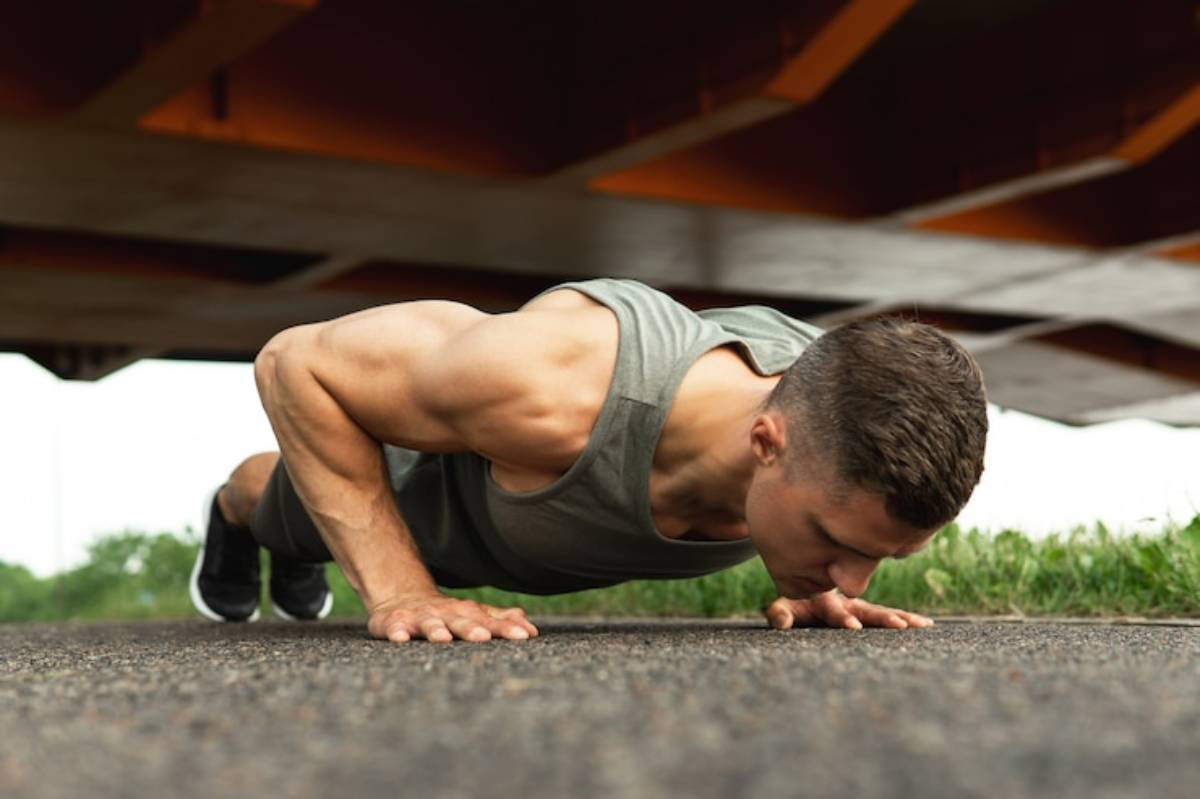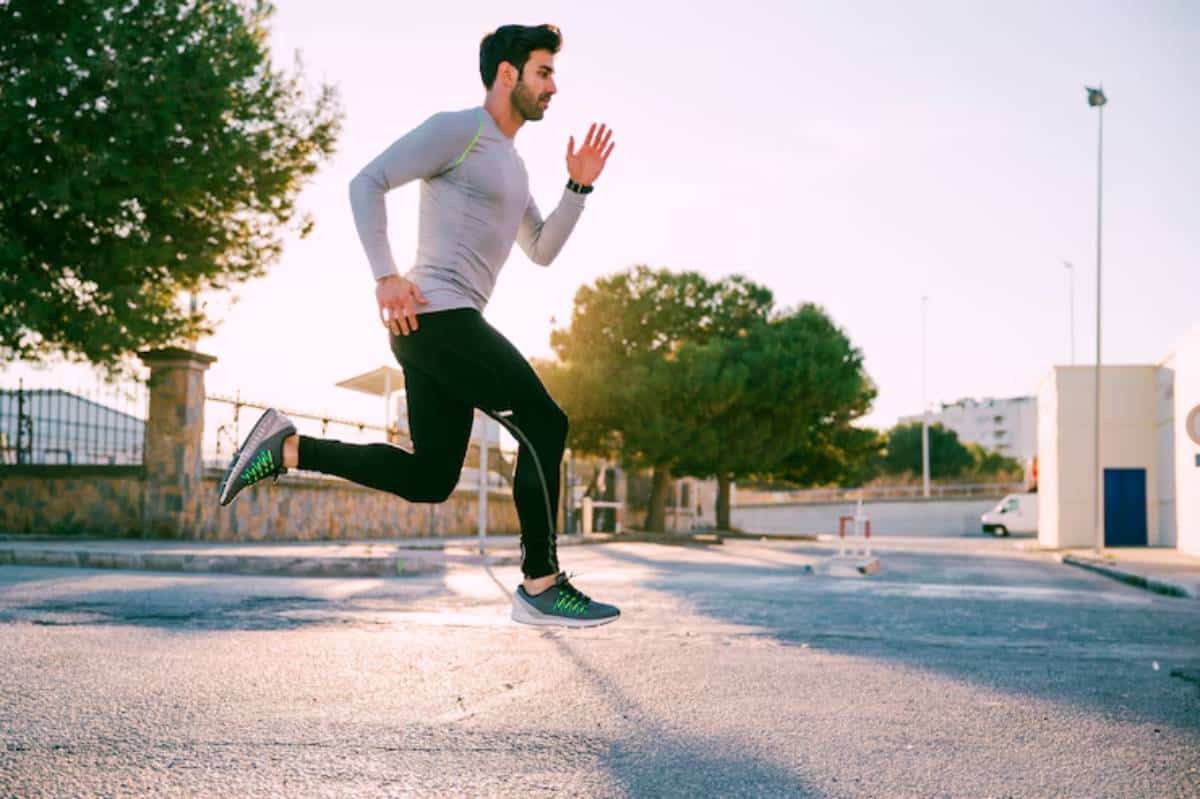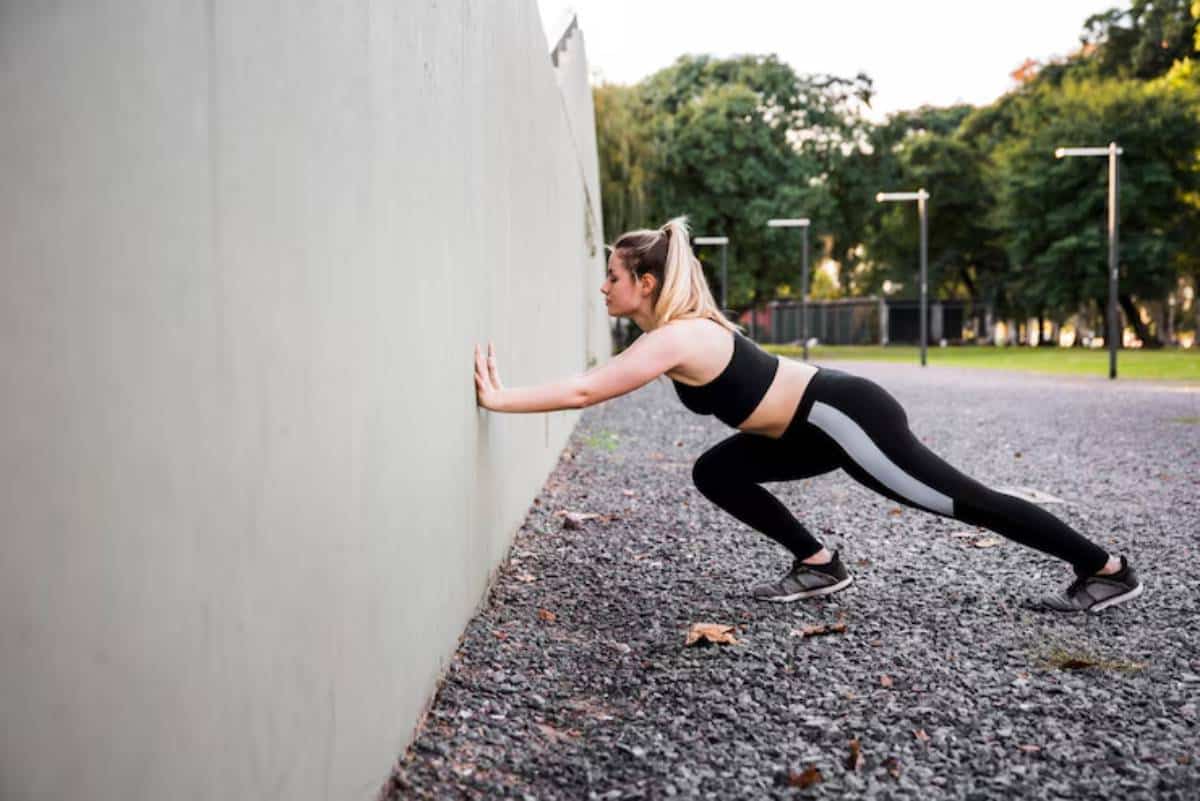
Bodyweight Strength Testing: Measure Your Gains
Ever wondered if you’re actually getting stronger with your bodyweight routine? You feel like you’re working hard, but without the weight plates and numbers to track, it’s easy to second-guess your progress. Enter bodyweight strength testing — a simple, effective way to assess your gains, track improvements, and keep your motivation high, all without a gym.
In a world where fitness tracking often revolves around barbells and machines, those of us on the bodyweight strength training path can feel left out. But here’s the truth your body is a powerful tool for strength assessment, and with the right approach, you can track your progress, set goals, and stay accountable without a single piece of equipment.
This guide will walk you through fitness testing with no gym, including bodyweight progress tracking techniques that are practical, challenging, and rewarding. Whether you’re aiming to conquer your first pull-up or perfect your handstand, you’ll learn how to measure what matters and celebrate how far you’ve come.
Why Strength Assessment Matters
It’s easy to fall into the trap of working out blindly — going through the motions without checking in on your progress. But regular strength assessments keep you honest. They show you what’s working, where you’re improving, and where you might need to adjust.
The Power of Testing
- Motivation: Seeing tangible progress keeps you committed.
- Goal setting: Helps you set realistic, measurable objectives.
- Preventing plateaus: Identifies areas that need more attention.
- Ensures balance: Avoids overdeveloping certain areas while neglecting others.
Research from the Journal of Strength and Conditioning Research (2019) suggests that regular strength assessments improve adherence to fitness programmes and enhance long-term results (Faigenbaum et al., 2019). The takeaway? Track bodyweight progress, and you’ll likely stick with it.
What Makes a Good Bodyweight Strength Test?
Unlike lifting weights, bodyweight testing doesn’t rely on external loads.
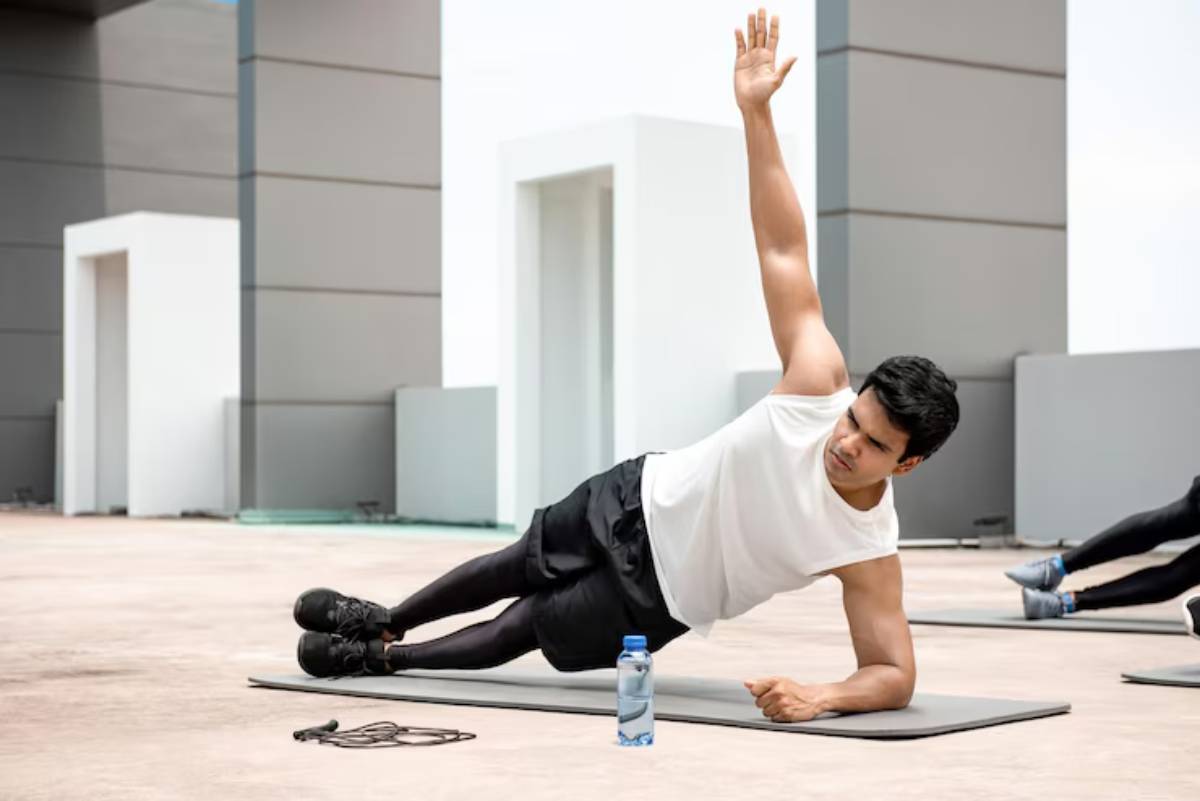
- Holds: How long can you maintain a static position?
- Repetitions: How many can you perform with proper form?
- Range of motion: Are you moving fully and efficiently?
- Control: Can you perform each rep with stability and precision?
Good strength assessment bodyweight tests should be:
- Simple to perform.
- Repeatable over time.
- Scalable based on fitness level.
The Ultimate Bodyweight Fitness Testing No Gym Needed
Here’s a complete bodyweight strength testing protocol that covers upper body, lower body, core, and mobility. It’s designed to track bodyweight progress across multiple dimensions of strength.
1. Push-Up Test (Upper Body Endurance)
- Why it matters: Measures upper body pushing strength and endurance.
How to test:
- Perform as many strict push-ups as possible (hands under shoulders, full range of motion).
- Stop when the form breaks.
Benchmark:
- Beginner: 10–20
- Intermediate: 20–40
- Advanced: 40+
Keep your elbows close to your body for optimal form.
2. Wall Sit Test (Lower Body Endurance)
- Why it matters: Assesses quad and glute endurance.
How to test:
- Slide down a wall until your thighs are parallel to the floor.
- Hold as long as possible without shifting.
Benchmark:
- Beginner: 30–60 seconds
- Intermediate: 60–120 seconds
- Advanced: 120+ seconds
3. Plank Hold (Core Stability)
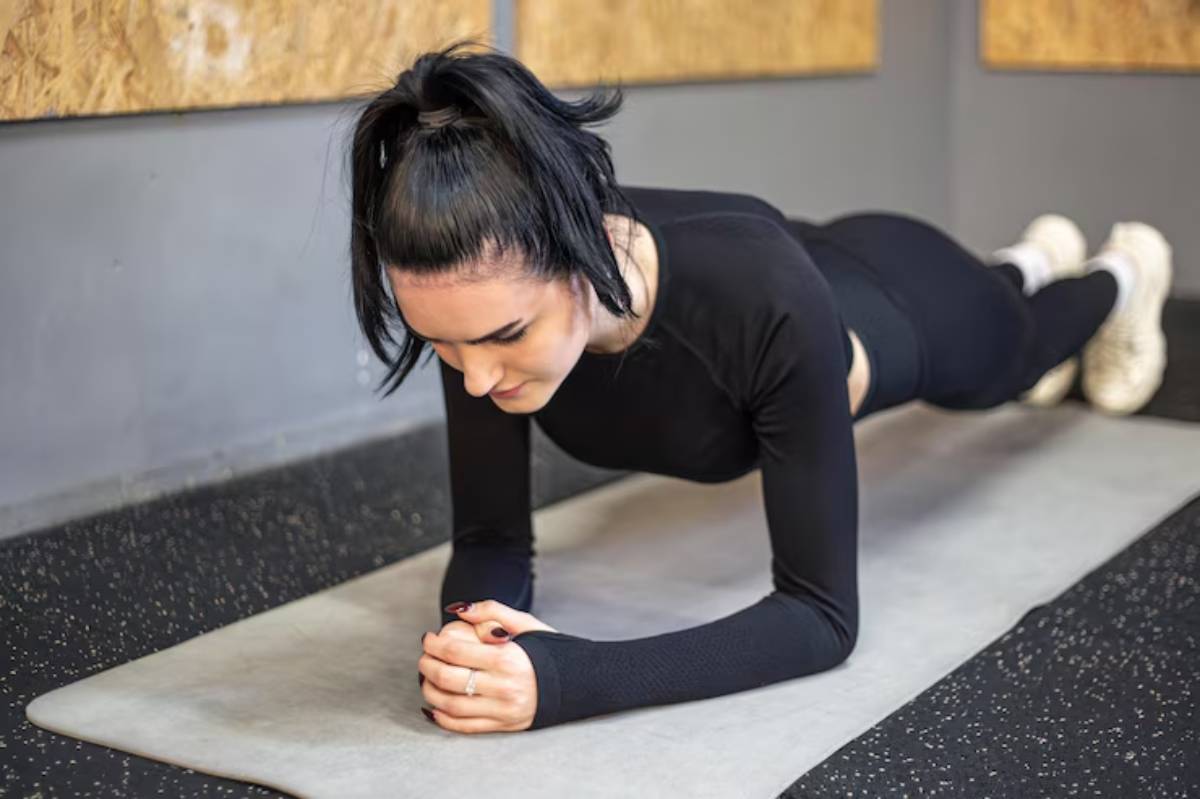
- Why it matters: Tests core endurance and spinal stability.
How to test:
- Assume a forearm plank position.
- Maintain alignment (shoulders over elbows, hips level) as long as possible.
Benchmark:
- Beginner: 30–60 seconds
- Intermediate: 60–90 seconds
- Advanced: 90+ seconds
4. Single-Leg Squat (Balance and Lower Body Strength)
- Why it matters: Assesses leg strength, balance, and mobility.
How to test:
- Perform a pistol squat to a low target (bench or chair).
- Count how many reps you can complete on each leg without losing form.
Benchmark:
- Beginner: 1–3 per leg (with assistance)
- Intermediate: 4–8 per leg
- Advanced: 10+ per leg (no assistance)
5. Chin-Over-Bar Hold (Upper Body Isometric Strength)
- Why it matters: Measures pulling strength and grip endurance.
How to test:
- Use a pull-up bar (or an alternative like a sturdy door frame).
- Hold your chin above the bar for as long as possible.
Benchmark:
- Beginner: 10–20 seconds
- Intermediate: 20–40 seconds
- Advanced: 40+ seconds
Alternative: If you can’t access a pull-up bar, perform inverted rows using a low surface.
6. Hollow Body Hold (Core Strength)
- Why it matters: Assesses core control vital for gymnastic and calisthenic movements.
How to test:
- Lie on your back, lift your shoulders and legs off the ground, arms overhead.
- Hold while keeping your lower back pressed into the floor.
Benchmark:
- Beginner: 20–30 seconds
- Intermediate: 30–60 seconds
- Advanced: 60+ seconds
7. Shoulder Mobility Reach (Flexibility and Control)
- Why it matters: Tests shoulder flexibility and functional range.
How to test:
- Stand tall, reach one hand overhead and the other behind your back.
- Try to touch your fingertips. Measure the gap if they don’t meet.
Benchmark:
- Fingers touch or overlap: Good mobility.
- 1–2 inch gap: Needs improvement.
- 3+ inch gap: Prioritise shoulder mobility work.
Tracking Your Bodyweight Progress
Consistency is key for meaningful tracking. Here’s how to stay on top of your fitness testing, no gym approach:
- Test monthly: Assess yourself every 4–6 weeks.
- Log results: Use a simple notebook or fitness app.
- Focus on improvements: Celebrate small wins like a 10-second longer hold or one extra rep.
- Adjust your training: If progress stalls, switch up your routine to address weaknesses.
Real-World Example: Mike’s Story
Mike, a 35-year-old marketing consultant, ditched the gym to focus on bodyweight mastery. Using strength assessment bodyweight tests, he tracked his progress month by month. From a shaky 20-second plank to a rock-solid 90-second hold, he saw clear evidence of his growth, keeping him motivated and injury-free along the way.
Common Mistakes in Bodyweight Strength Testing
- Rushing through reps: Quality matters more than quantity.
- Inconsistent testing intervals: Stick to a regular schedule for accurate comparisons.
- Ignoring mobility assessments: Strength without mobility leads to imbalances.
- Neglecting rest before testing: Test when fresh for true results.
Conclusion: Measure What Matters
Strength isn’t just about lifting heavy — it’s about bodyweight mastery, control, endurance, and resilience. With bodyweight strength testing, you can track progress without a gym, stay motivated, and keep pushing towards your goals.
Remember, it’s not about competing with anyone else. It’s about seeing how far you’ve come and where you can go next.
Ready to measure your gains? Try the tests above, log your results, and track your journey. Share your experiences or questions in the comments! If this guide helps, pass it on to someone who could use a little extra motivation on their bodyweight training journey.
